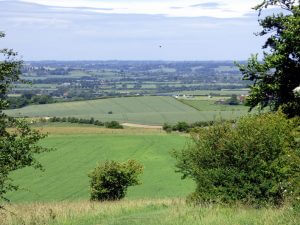 SAC – Special Areas of Conservation
SAC – Special Areas of Conservation
Special Areas of Conservation (SAC) are internationally important areas defined by the national planning policy framework (NPPF) as ‘Areas given special protection under the European Union’s Habitats Directive, which is transposed into UK law by the Habitats and Conservation of Species Regulations 2010.’
The purpose of Special Areas of Conservation (SAC) is to help conserve the habitat and species identified in Annex I and II of the Directive. Of the Annex I habitat types, 78 are believed to occur in the UK. Of the Annex II species, 43 are native to, and normally resident in, the UK.
They are considered to be the habitats and species that are most in need of conservation at the European level (excluding birds). Special Areas of Conservation along with Special Protection Areas (SPAs), which are classified under the Birds Directive, collectively form the Natura 2000 network.
SACs along with Special Protection Areas (SPA) form part of the Natura 2000 and Emerald Network known as Areas of Special Conservation Interest (ASCIs). Both Special Protection Areas (SPA) and Special Areas of Conservation (SAC) may cover the same areas.
A list of all the Special Areas of Conservation can be found here. You can use DEFRAs MAGiC mapping system to locate the SACs in your area.
Development in SACs?
Some changes of use are allowed in Special Areas of Conservation (SAC).
Any developments that are close to (or within) the boundary of a Special Areas of Conservation may require a Habitat Regulations Assessment (HRA) if they are likely to have an adverse effect on the site.
An initial screening stage would be required, followed by an appropriate assessment.
Where it is considered that an adverse effect on the integrity of the site is likely, and no alternatives are available, the project can only go ahead if there are imperative reasons of overriding public interest and if the appropriate compensatory measures can be secured.
It is quite possible that prior approval is obtained for a change of use, but cannot be occupied due to the SAC.
The closer you are to the SAC the less likely that development or occupation can take place. Especially if within it or within a 400m buffer zone.
A clear presumption against any net increase in residential development within 400m of an SAC unless as an exception, the development and/or its use would not have an adverse effect upon the integrity of the site.
Similar restrictions also apply to Special Protection Areas (SPA) which might be one and the same areas.
SAC Page Updated: 18th July 2023
.




